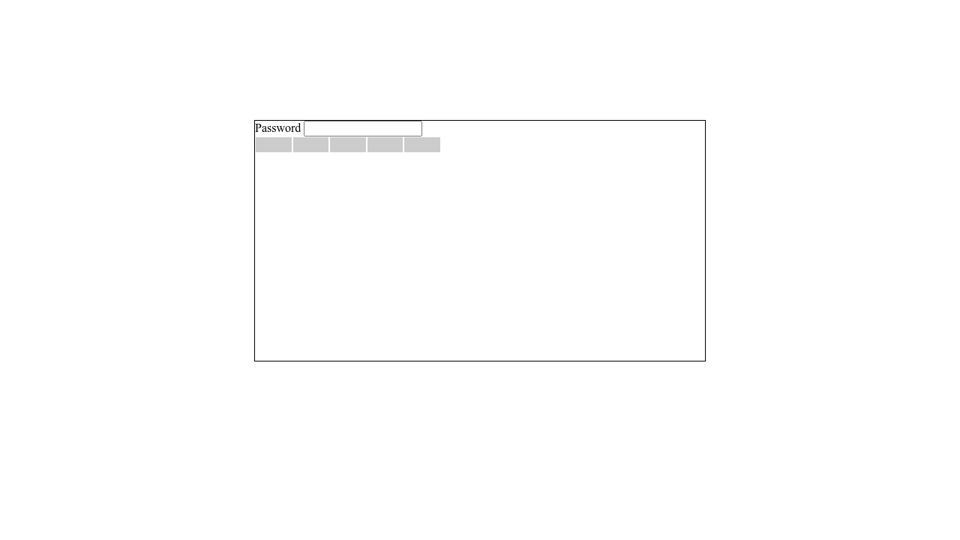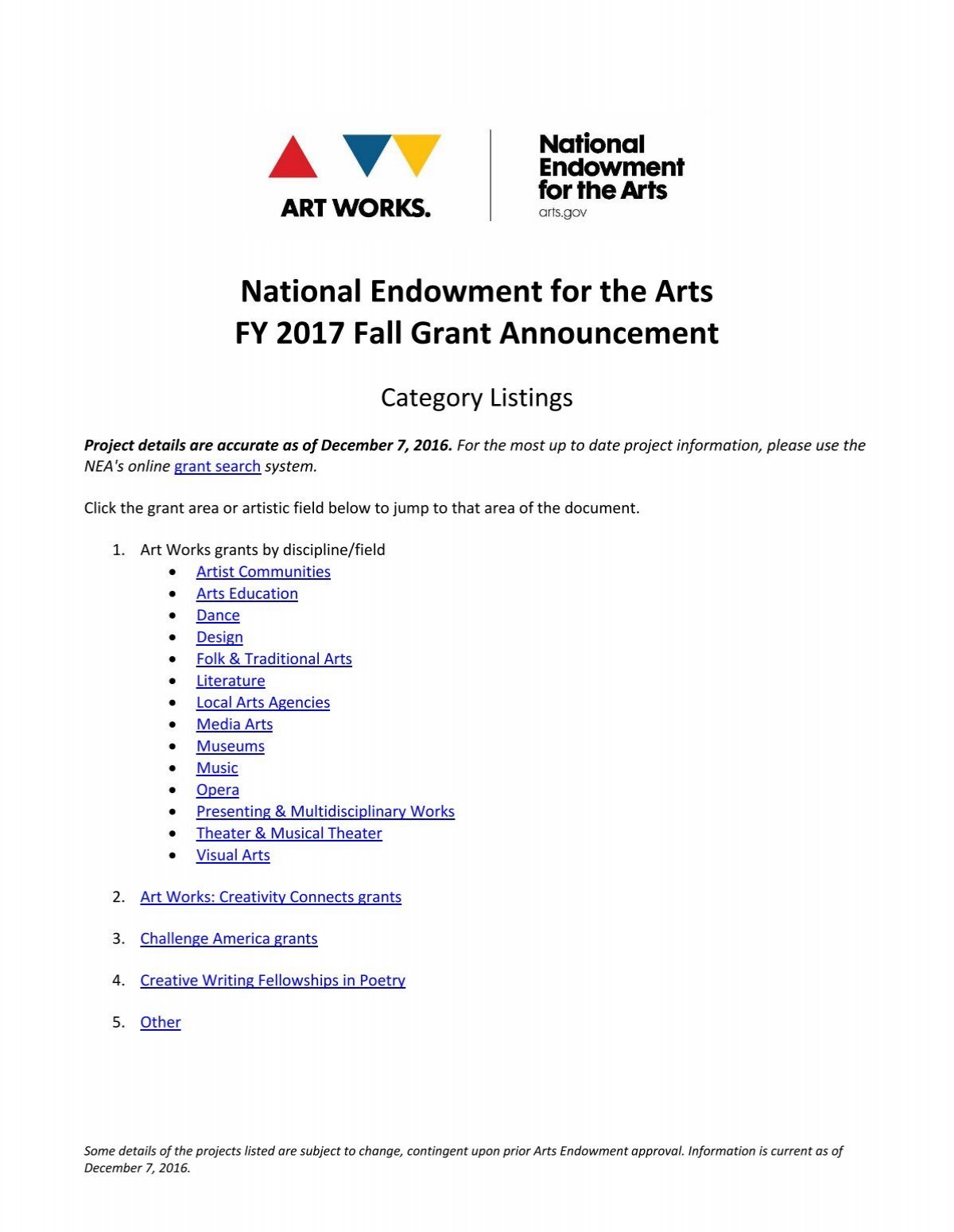FINAL EXAM:
STANDARD 2: KNOW THE CONTENT AND HOW TO TEACH IT. Powered by Create your own unique website with customizable templates. About Professional Knowledge.
Reflection: This is one of the most important pieces of your portfolio. It is the place where you tell readers about your work and about who you are as a writer. It also gives me insight into the ways that you have revised your pieces, since I cannot tell by simply looking at a piece. In fact, oftentimes, an outstanding analytical reflection paper can help bolster weaker writing. You should use this as a place to talk about why you included specific pieces, how these pieces and your writing in general evolved (if you think it did), and your writing strengths and weaknesses at this stage of the game. Closer to the end of the semester, I will give you a list of questions to help prompt your thinking.
The reflection letter, however, is not a course evaluation. Don’t mistake talking about your growth as a writer with talking about the awesomeness/awfulness of this class. Saying “Ms. Pope was a terrible teacher” won’t really help an audience understand who you feel you are as a writer or what you think your portfolio offers readers.
While this should be AROUND four to five written blue book pages, I am willing to read as much as you’d like to write.
PORTFOLIO:
- My name is Chelsea Bagwell and I am a senior at James Madison University. I am majoring in Interdisciplinary Liberal Studies with a double minor in Elementary Education and Non-Teaching Special Education, with a concentration in math and science. I will be graduating with a Bachelor of Science in Elementary Education in May of 2013, and will be.
- Chelsea In The 1990s 5 questions Tough, 5 Qns, Brounos, Mar 26 02 This quiz contains 5 questions based on the highs and lows down at the bridge from 1992-2002.
- Covers a sampling of lesson plans, as well as borrowed strategies, assessments, and documentation; essays and reflections state personal teaching philosophy.
Contents: The contents of the portfolio should be pieces of writing that reflect your best work and/or the work that means the most to you. It is a display of who you have become as a writer. There are some basic guidelines to follow, however. You must include:

- All revised major projects);
- Any other revised or missing assignments; and
- Optional: Anything else that you have written in this course that you want to include.
Everything in your portfolio must be significantly revised from the last draft that you turned in, and it should be polished for an audience.
Turning It In:
The portfolio will be due by the end of class on the day of the final exam. It may either be posted on your blogs or on paper–or any combination of the two.
If I do not receive your Final Portfolio, you will not pass this class. You will fail.
FINAL EXAM:
Reflection Letter
There are three questions that you must address:
- What inspired your writing the most over this semester? Was it the readings or something else?
- How did the pieces which you revised over the semester evolve? Give specific examples and tell me if you felt that these changes were necessary, and why?
- What are your writing strengths and weaknesses now? Are these different than they were before this class?
Here are some other questions that you might consider when writing your reflection. Pick at least three to answer, but the more you consider, the stronger your reflection will be:
- Who do you think you are as a writer at this moment in time? Has that changed since you began college? How so?
- Who do you want to be as a writer in the future?
- How do you want to use writing in the future?
- Has your definition of what makes a person a writer changed at all?
- Have your thoughts about why we write evolved?
- How do you define “good” writing?
- Did any specific assignment, workshop, or feedback help you to improve more so than others?
- How do you feel about the feedback that you received from both me and your classmates?
You may, of course, choose to talk about things that are not on either of these lists. You may address these questions in any particular order. Write them in whatever structure is most effective and flows best.
What is a Teacher Portfolio and Why is it Important?
A teacher portfolio serves as a collection or record of your professional background and experience as a teacher and documents what you believe about language learning and teaching and how you teach. Items often found in a portfolio include a statement of your philosophy of teaching, your curriculum vitae, examples of materials, activities, or lesson plans you have developed, video clips of your classroom teaching, samples of student, peer, or administrative evaluations of your teaching, and so on. Increasingly, employers are asking for various portfolio elements before, during, and after the interview/hiring process. By putting together an organized, cohesive, reflective, and ever-growing portfolio, you better prepare yourself to show who you are as a teacher and what you offer to a potential employer and to make a good impression.
During our 7-part TiPPS workshop series, we cover some of the basics toward conducting a job/information search, preparing necessary job application materials (effective CVs and cover letters), and gathering examples of you as a teacher (teaching philosophy statement, activities/materials), so you can put your best foot forward for that fateful interview. We cannot possibly cover everything, however, and that is why we include a lot of resources for TiPPS participants or the casual web surfer for further reference. We encourage you to make good use of them and send us any suggestions for additions. Aloha!
TiPPS HANDOUTS ON TEACHER PORTFOLIOS
Suggested timeline for putting together and developing a teacher portfolio (revised 2016)
BOOKS AND ARTICLES ON TEACHER PORTFOLIOS
Bullock, Ann Adams, & Hawk, Parmalee P. (2001). Developing a teaching portfolio: A guide for preservice and practicing teachers. Upper Saddle River, NJ: Merrill Prentice Hall.
A comprehensive guide for developing portfolios for a variety of specific purposes
Journal on Excellence in College Teaching – Volume 6, No. 1
An issue totally devoted to a variety of issues regarding teacher portfolios. Available in print or online
Murray, John P. (1997). Successful faculty development and evaluation: The complete teaching portfolio. Washington, DC : Graduate School of Education and Human Development, George Washington University
Seldin, Peter (1991). Teaching portfolio: A practical guide to improved performance and promotion/tenure decisions. Bolton, MA : Anker Pub. Co.
Wolfe-Quintero, K., & Brown, J.D. (1998). Teacher portfolios. TESOL Journal 7(6), 24-27.
A good place to start – we often use this article for a quick overview of teacher portfolios, their contents, and uses.
WEBSITES ON TEACHER PORTFOLIOS

Another comprehensive guide to developing a teacher portfolio.
Guidelines, tips, and examples of teacher portfolios.
See also sidebar menu on page for additional articles on collecting your teaching materials, reflecting on your teaching, selecting contact for your portfolio, organizing your content, and sharing your portfolio.
Provides a good set of guidelines for getting your electronic portfolio started.
Another good set of guidelines for getting your electronic portfolio started.
SOME TEACHER PORTFOLIO EXAMPLES (ELECTRONIC)
The websites that follow were found via an internet search and are designed for you to review and learn from (we’re not saying that any of them are exemplary – nor are we saying that they are not exemplary). As you look at some of these portfolios, here are a few things to look for:
- Do you get a clear idea about this person as a teacher? Are there sufficient and varied documents/examples to give you a fairly full picture?
- Do you get a clear idea about what the teacher believes about learning and teaching and how they carry it out in the classroom?
- Do aspects of teaching that are not included feel like they were omitted as a result of informed choices or as a result of a careless oversight that you feel should be rectified?
See samples in the Gallery section. The site also contains tips for both teachers and students for putting together a portfolio, including tutorials.
More samples of teacher portfolios
Electronic portfolios of former TiPPS participants
Used by permission
WEBSITE BUILDING SITES
Chelsea Bagwell's Teaching Portfolioexit Slip Questions 2017
- Weebly – easy drag-and-drop website builder (with templates)
- Wix – intuitive drag-and-drop web editor (with templates)
- WordPress – build a blog, a full website, or a combo. Step-by-step guide can be found at https://learn.wordpress.com
TIPS FOR BUILDING WEBSITES
Websites – Your 24/7 Salesperson – This guide is more from a sales perspective, but the information about layout, comparison of different tools, and so forth are all very helpful.
OTHER RESOURCES
Chelsea Bagwell's Teaching Portfolioexit Slip Questions Free
Center for Teaching Excellence, University of Hawai‘i at Mānoa – For UH Mānoa faculty and students, a good resource for professional development and feedback on your teaching